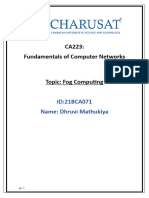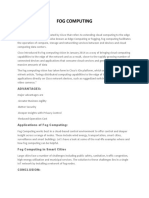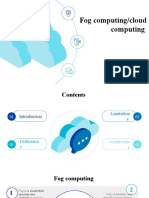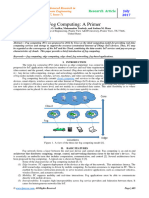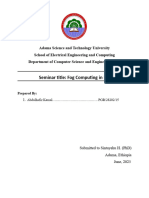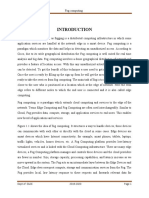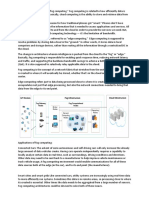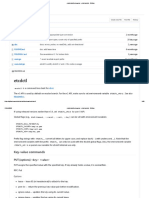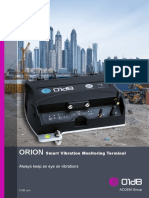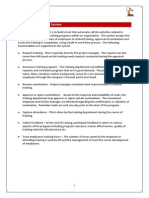0% found this document useful (0 votes)
7 views3 pagesFog Computing
Fog computing is a decentralized architecture that extends cloud capabilities to the network's edge, enhancing efficiency and reducing latency. It involves various types such as device-level, edge-level, gateway-level, and cloud-level fog computing, and is suitable for real-time data analysis and IoT applications. While it offers advantages like improved security and reduced bandwidth usage, it also faces challenges like data congestion and increased power consumption.
Uploaded by
jayanthi .nCopyright
© © All Rights Reserved
We take content rights seriously. If you suspect this is your content, claim it here.
Available Formats
Download as DOCX, PDF, TXT or read online on Scribd
0% found this document useful (0 votes)
7 views3 pagesFog Computing
Fog computing is a decentralized architecture that extends cloud capabilities to the network's edge, enhancing efficiency and reducing latency. It involves various types such as device-level, edge-level, gateway-level, and cloud-level fog computing, and is suitable for real-time data analysis and IoT applications. While it offers advantages like improved security and reduced bandwidth usage, it also faces challenges like data congestion and increased power consumption.
Uploaded by
jayanthi .nCopyright
© © All Rights Reserved
We take content rights seriously. If you suspect this is your content, claim it here.
Available Formats
Download as DOCX, PDF, TXT or read online on Scribd
/ 3


